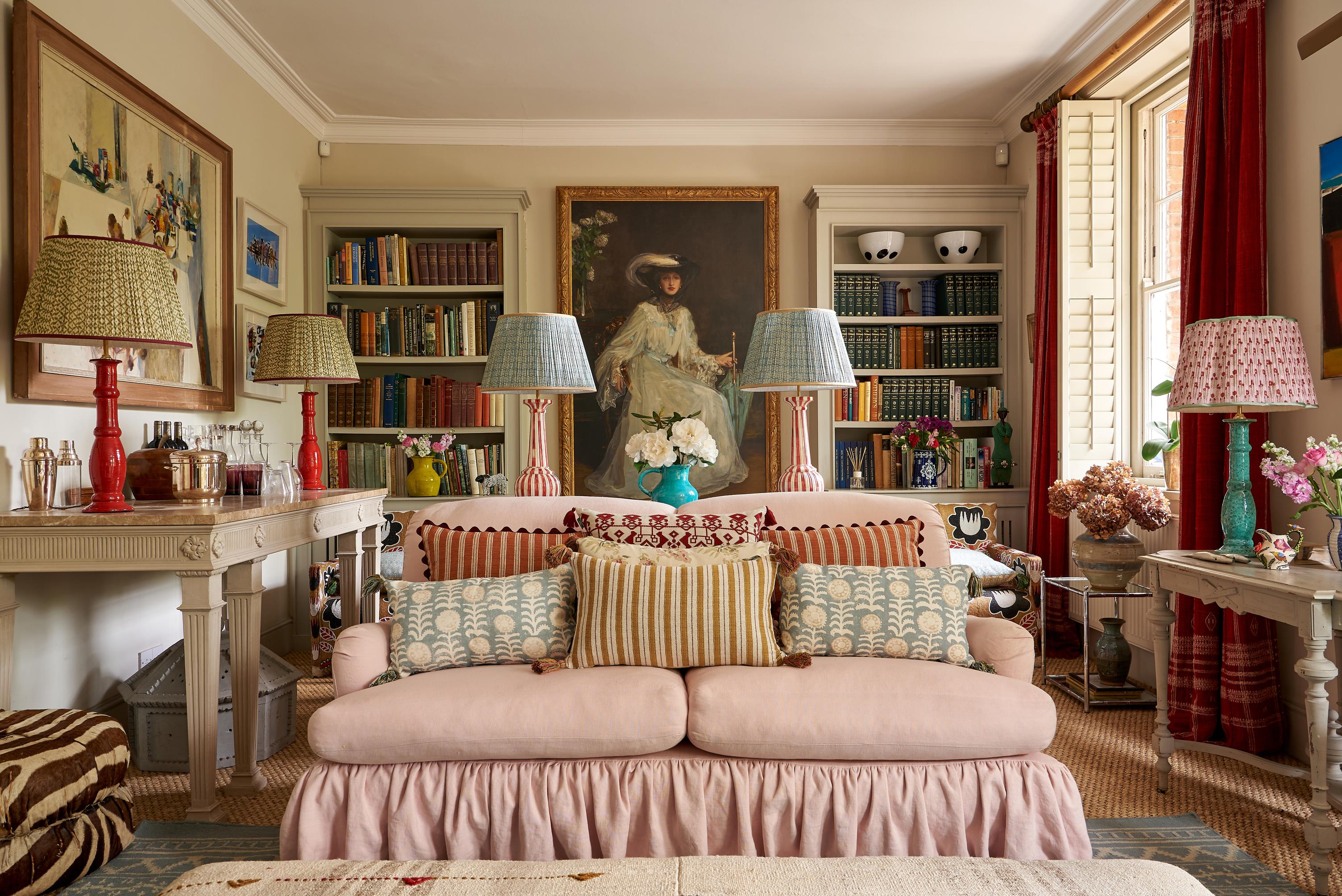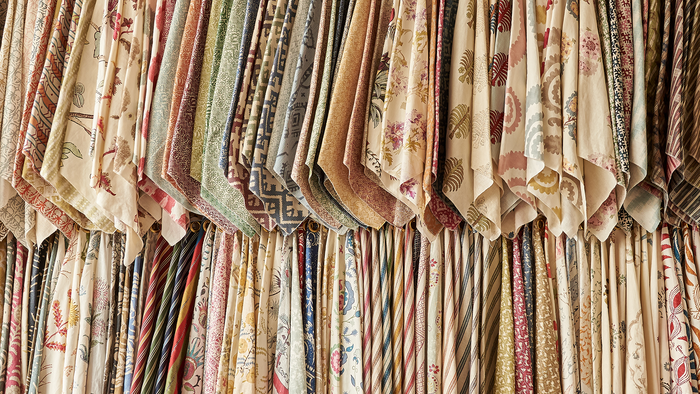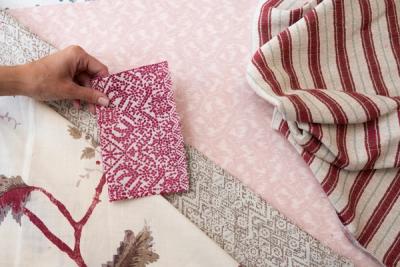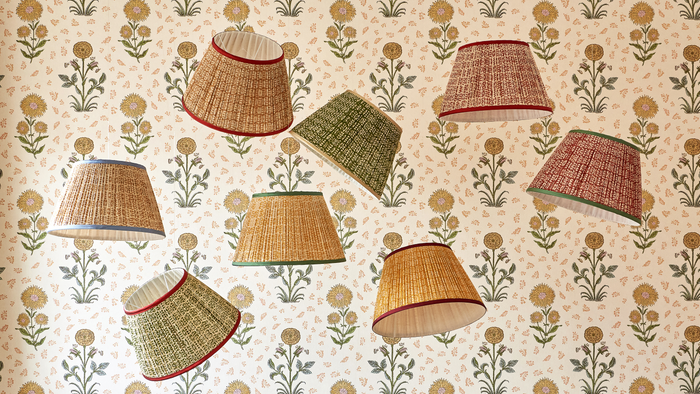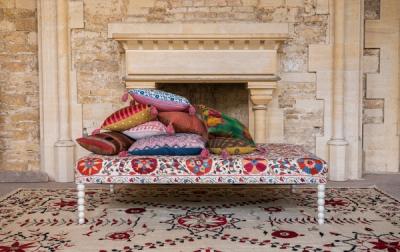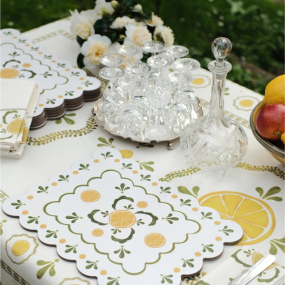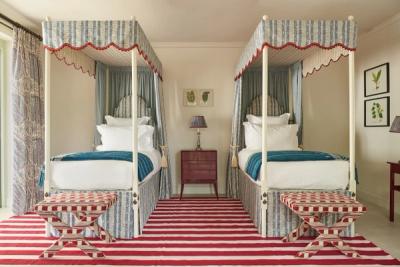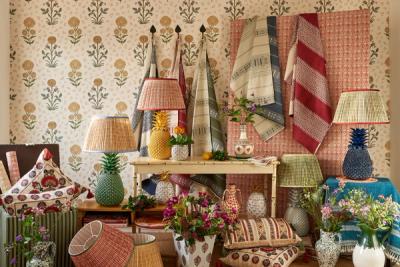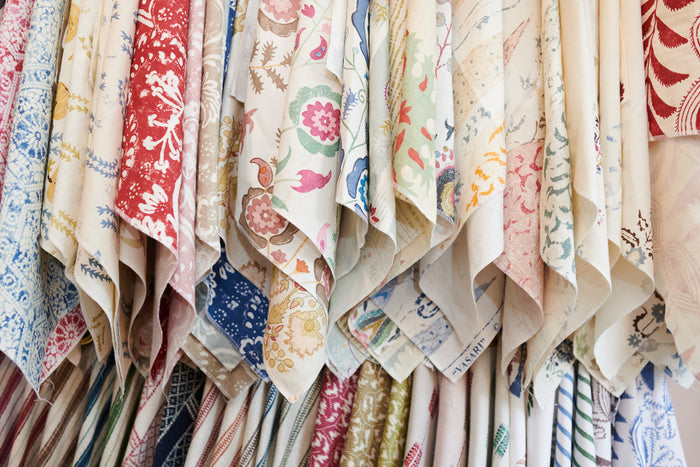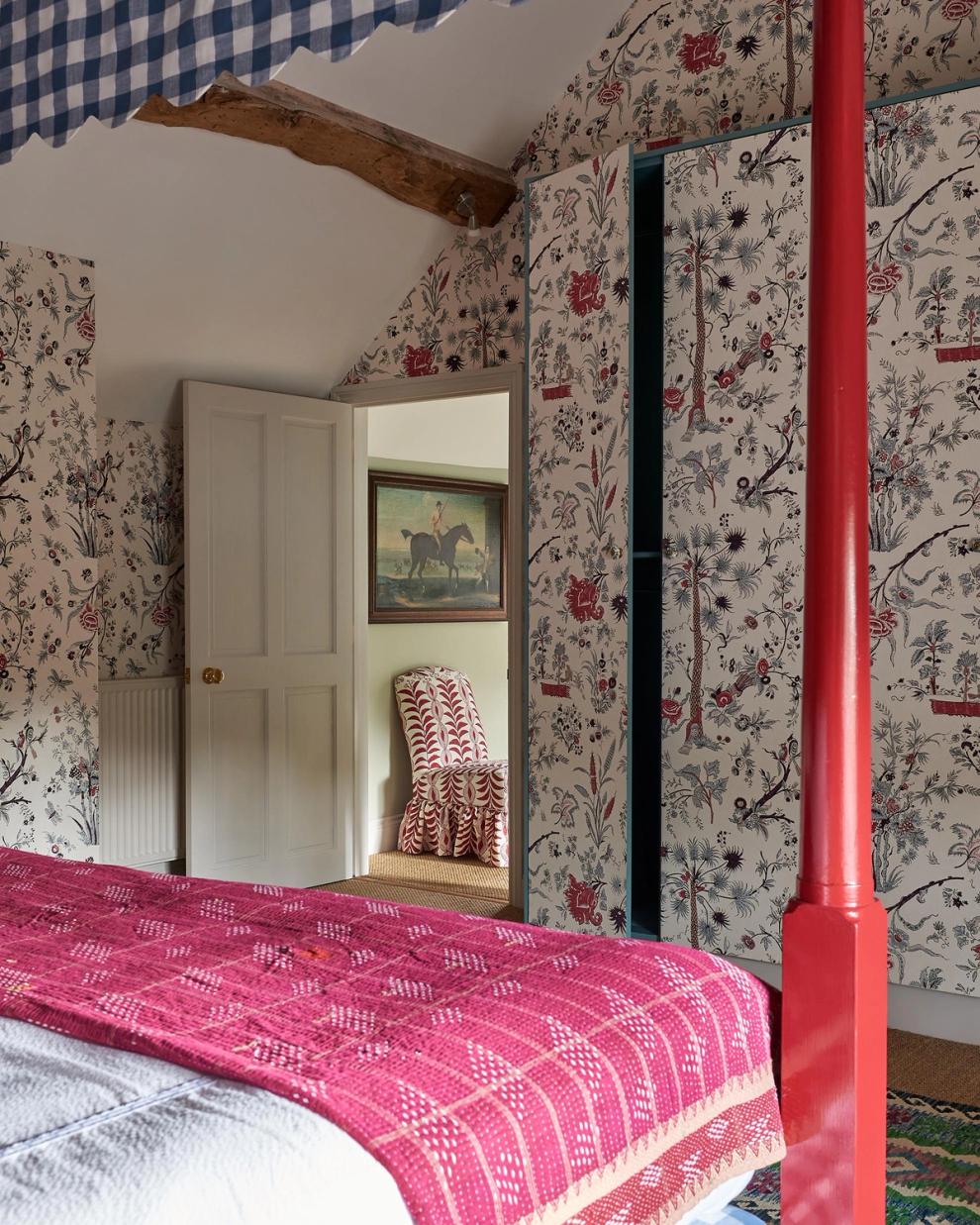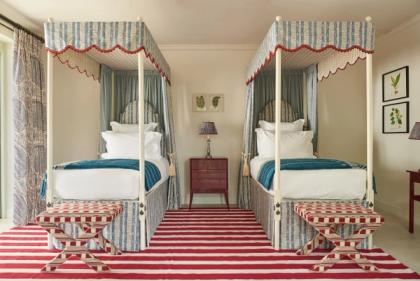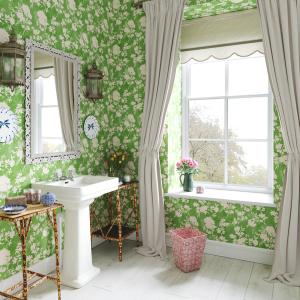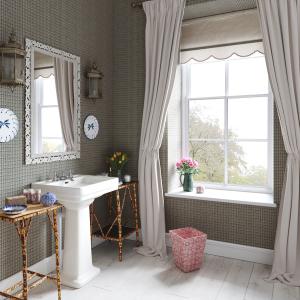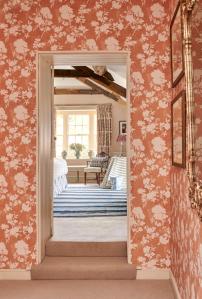Decoration
Romanticism in Interior Design: That Everlasting Love Affair
Click here to read more about Maison Proust in Paris, and the ways in which is makes romanticism a living reality.
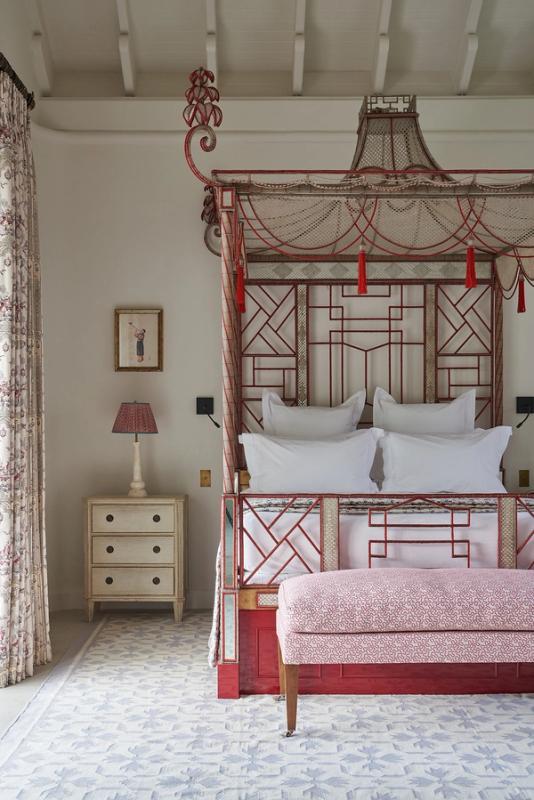
Romanticism in Interior Design: That Everlasting Love Affair
Every so often, we stumble across an interior that stops us in our tracks. From a modernist utopia of function and form buried inside a New York walk-up to a Wes Anderson-inspired pastel block-coloured kitchen, a quintessentially British cottage or a romantic oasis in the very heart of Paris, our love of the art form that is interior design gives us a special fondness for the full spectrum of creatively drawn spaces.
Forbes recently paid homage to the Parisian boutique hotel Maison Proust, the Belle Epoque jewel of Jacques Garcia’s crown that seeks to press pause on the forward-push of design, progress, and what beauty means to the hotel’s patrons. In Proust’s own words, the bedrooms ‘stop the movement of the hours in this luminous instant’.
Decadently layered, reachable by the labyrinthine, chocolate-panelled corridors of this historic building, the hotel epitomises what it means to integrate romanticism and all its heady preoccupations with interior design.
What does romanticism mean in interior design?
Romanticism is best known by its manifestation in the art world – ornate and dream-fuelled, with no expense of time or skill spared in the creation of epic renditions of some of history’s most compelling moments. Dicksee’s La Belle Dame Sans Merci, with those infinite drapes of pink silk, or Stieler’s Portrait of Maria Dietsch with its muse’s porcelain bloom and soft expression, or Constable’s peaceful-yet-dramatic The Hay Wein – they all appeal to a more theatrical, vivid side of expression.
The same can be said of romanticism’s expression in interior design – a tendency toward more stagy, enveloping spaces that draw the visitor out of real life and into something that can really be experienced. In the case of Maison Proust, it’s a case of closing the busy world of Paris’s 3rd Arrondissement, all vanishing as the heavy front door closes and an entirely different (and altogether more romantic) tone is set.
More practically, it means heavy drapery – velvet and plush cotton weaves that hang indulgently from the rails and make the very walls of the property feel thicker and more private. It’s a darker colour palette, though not without points of light both from brighter colours and plenty of decorative lighting to highlight certain points throughout the room.
It’s an eclectic curation of pieces – patterns sourced from all over the world, not necessarily matched but complementing one another – along with art, curios, and artful clutter. Comfort, soft edges, filtered daylight through finer fabrics like linen, and an unrepeatable quality all feel essential for a truly romantic interior.
Of course, unrepeatability is key. There is an idiosyncratic element to romanticism. Maison Proust is inspired by Marcel Proust on a personal level; it attempts to mirror Proust’s own lodging, rather than just his public writings and persona. Even down to the faint smells of jasmine and tobacco, the Maison stays true to the tenets of romanticism.
For anyone looking to really express themselves in their interiors, romanticism is a key concept to consider.
How to be inspired
Pursuing romanticism to the nth degree in the family home is tricky. There are stagey elements in romantic hotels and film sets that aren’t practical in the home, but we can still be inspired by the movement’s love of form, colour, drapery, layers and a more eclectic approach to collecting decorative pieces.
Furniture can epitomise the heart of romanticism. Choosing pieces with soft, curved silhouettes and items that have withstood the (long) test of time, like the chaise lounge or slipper chair, and pairing those silhouettes with more indulgent upholstery is one of the most effective ways of achieving that ambience.
Soft lighting, using denser light shades that make the light appear to bloom from within rather than dazzling from the corner creates just the right amount of illumination for a romantic atmosphere.
More from Decoration
